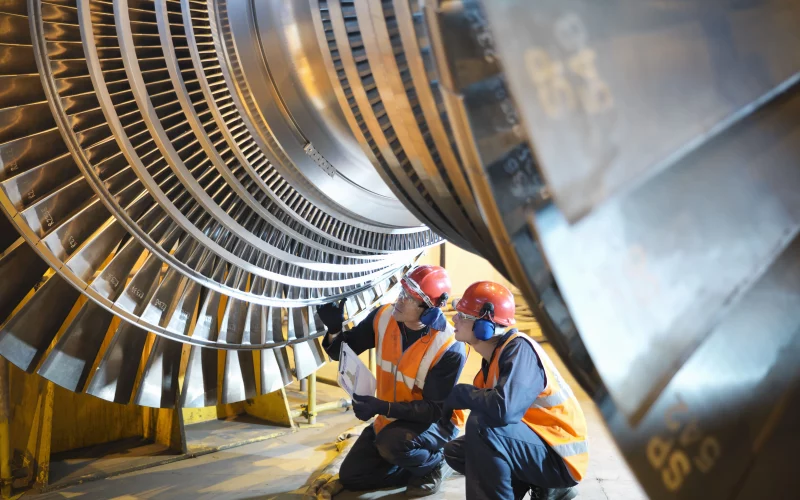Introduction:
Step back in time and witness the birth of an industrial revolution fueled by the mighty power of steam. Join us on a journey through history as we uncover the timeless allure of steam power and its modern-day resurgence as a sustainable energy solution.
1. The Age of Steam: A Historical Perspective:
Travel back to the 18th and 19th centuries, the golden age of steam power, and explore its transformative impact on society, industry, and transportation. From steam engines and locomotives to factories and ships, delve into the technological innovations that propelled human progress.
2. Sustainability and Efficiency:

Examine how steam power is making a comeback in the 21st century as a sustainable and efficient energy solution. Discover advancements in steam turbine technology, combined heat and power (CHP) systems, and biomass-fired boilers that minimize environmental impact and maximize energy efficiency.
3. Modern Applications in Energy Generation:
Explore the diverse applications of steam power in modern energy generation. From coal-fired power plants and nuclear reactors to renewable energy sources like biomass, geothermal, and concentrated solar power (CSP), uncover how steam turbines continue to play a vital role in electricity production.
4. Industrial Processes and Manufacturing:
Learn how steam power drives industrial processes and manufacturing operations across various sectors. From paper mills and chemical plants to food processing facilities and refineries, discover how steam is used to generate heat, provide mechanical power, and facilitate production processes.
5. Steam Locomotives and Transportation:
Rediscover the romance of steam locomotives and their enduring legacy in the world of transportation. Explore heritage railways, tourist excursions, and preservation efforts that celebrate the nostalgia and charm of steam-powered trains while highlighting their role in shaping global transportation networks.
6. Innovations in Steam-Powered Vehicles:
Delve into the latest innovations in steam-powered vehicles and alternative transportation technologies. From steam-powered cars and motorcycles to experimental prototypes and eco-friendly transit solutions, explore how steam enthusiasts are reimagining mobility for the 21st century.
7. Challenges and Future Prospects:
Address the challenges and opportunities facing the continued adoption of steam power in today’s energy landscape. From regulatory hurdles and public perception to technological advancements and investment trends, assess the outlook for steam power in a rapidly evolving world.
8. Preserving History, Inspiring Innovation:
Celebrate the heritage of steam power and its enduring legacy as a symbol of human ingenuity and progress. Explore museums, heritage sites, and educational programs dedicated to preserving steam technology while inspiring future generations of engineers, inventors, and visionaries.
Conclusion:
In conclusion, steam power remains a fascinating and versatile energy source with a rich history and promising future. Whether driving locomotives, generating electricity, or powering industrial processes, steam continues to captivate our imagination and shape the world we live in.
Informative Table: Key Advantages of Steam Power in Modern Applications
| Advantages | Description |
|---|---|
| Sustainability | Low carbon emissions, renewable energy sources |
| Efficiency | High energy conversion efficiency, combined heat and power |
| Versatility | Diverse applications across industries and sectors |
| Reliability | Proven technology with a track record of performance |
| Flexibility | Adaptable to various fuel sources and operational requirements |
By outlining the key advantages of steam power in modern applications, this article aims to highlight its relevance and potential in addressing current energy and environmental challenges while honoring its historical significance and cultural legacy.










